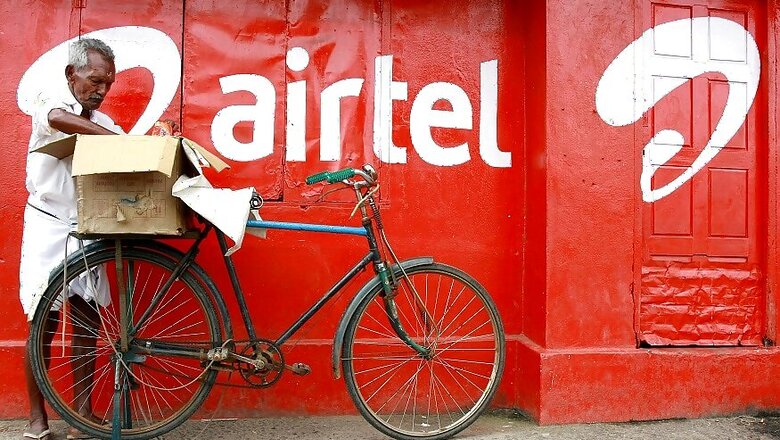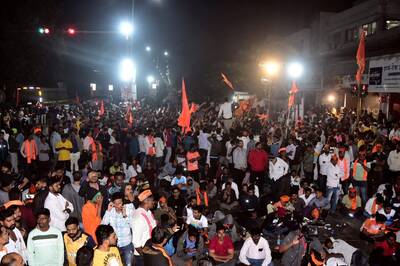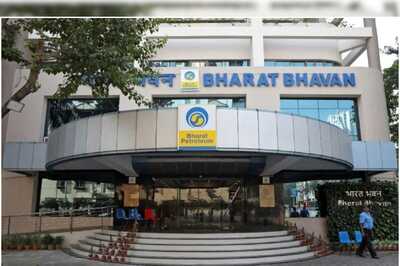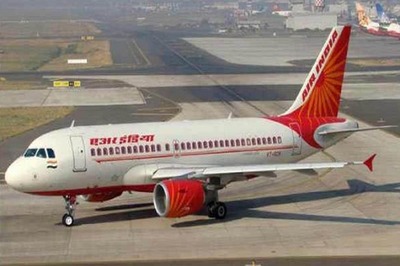
views
The Supreme Court has upheld the definition of Adjusted Gross Revenue (AGR) calculation as stipulated by the Department of Telecommunications. This means that telecom companies will have to pay up as much as Rs 92,642 crore to the government, more than half of which are owed by Airtel and Vodafone.
Terming the issues raised by telcos with respect to AGR as ‘frivolous’, the SC held that not only the original charges, but principal interest and penalties on delayed payments would also be payable.
Adjusted Gross Revenue (AGR) is the usage and licensing fee that telecom operators are charged by the Department of Telecommunications (DoT). The contention is on the particulars considered to calculate the amount payable.
The Telecom Disputes Settlement Appellate Tribunal (TDSAT) upheld the DoT’s definition of AGR (factors against which the license fee is payable) with certain exemptions. The DoT, however, filed an appeal before the Supreme Court, citing that the TDSAT had no jurisdiction on the validity of terms and conditions of licenses.
Here is the background to the case.
What is AGR?
The AGR is divided into spectrum usage charges and licensing fees, pegged between 3-5 percent and 8 percent, respectively.
As per DoT, the charges are calculated based on all revenues earned by a telco, including non-telecom related sources such as deposit interests and asset sales. Telcos, on their part, insist that AGR should comprise only the revenues generated from telecom services.
The Scuffle So Far
The saga has been on since 2005 when the Cellular Operators Association of India (COAI) challenged the government’s definition for AGR calculation. Later in 2015, the TDSAT said AGR included all receipts except capital receipts and revenue from non-core sources such as rent, profit on the sale of fixed assets, dividend, interest and miscellaneous income, etc.
The regulator has also included forex adjustment under AGR apart from ruling that licenses fee will not be charged twice on the same income. It, however, exempted bad debt, foreign exchange fluctuations, and sale of scrap to be calculated for AGR.
Notably, several individual cases are pending with various High Courts in India, and a single-judge bench of the Tripura High Court ruled in 2018 that the revenue of telcos from 'non-licensed activities' could not be included while computing a carriers’ AGR.
The government, however, has also raised the issue of under-reporting of revenues to duck charges. The Comptroller and Auditor General of India (CAG) called out telcos for understating revenues to the tune of Rs 61,064.5 crore.
In a review of telecoms between FY10-11 and FY14-15 (inclusive of now-defunct or acquired companies such as Idea Cellular, Aircel, Reliance Communications and Tata Teleservices), it was found that they had understated income by Rs 46,045.75 crore from 2006-07 till 2009-10.
Telecom executives have pointed out that the financially dire state of the sector is the reason to limit levies on companies.
The Telecom Regulatory Authority of India (TRAI) has in its recommendation paper agreed on many of the sector’s demands such as the exclusion of income from dividend and capital gains on account of profit on the sale of assets and securities.




















Comments
0 comment